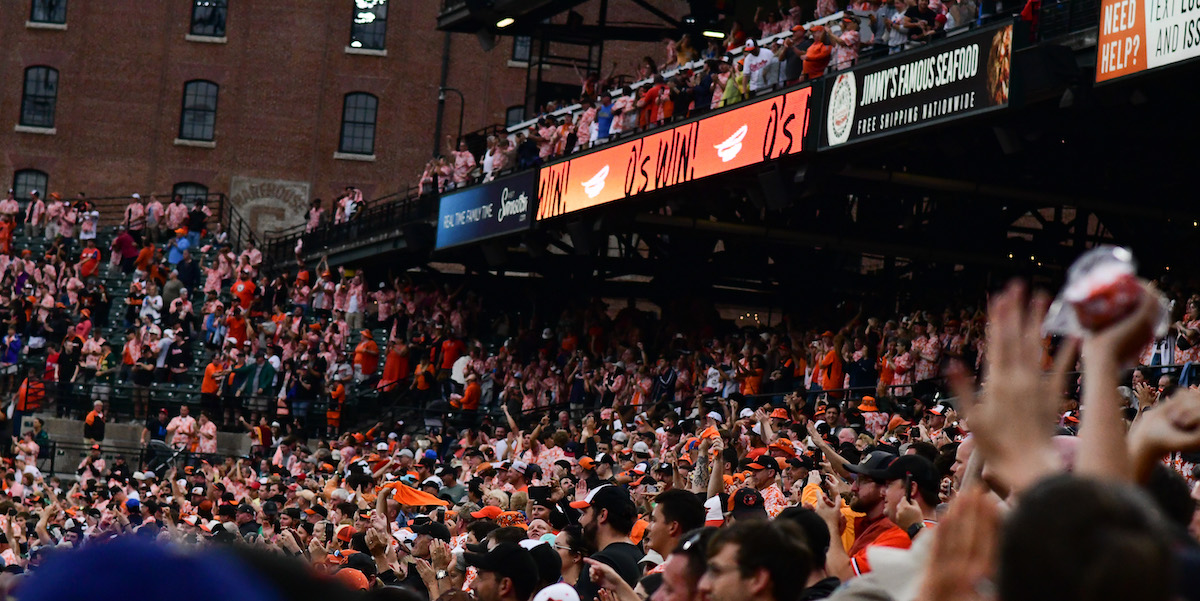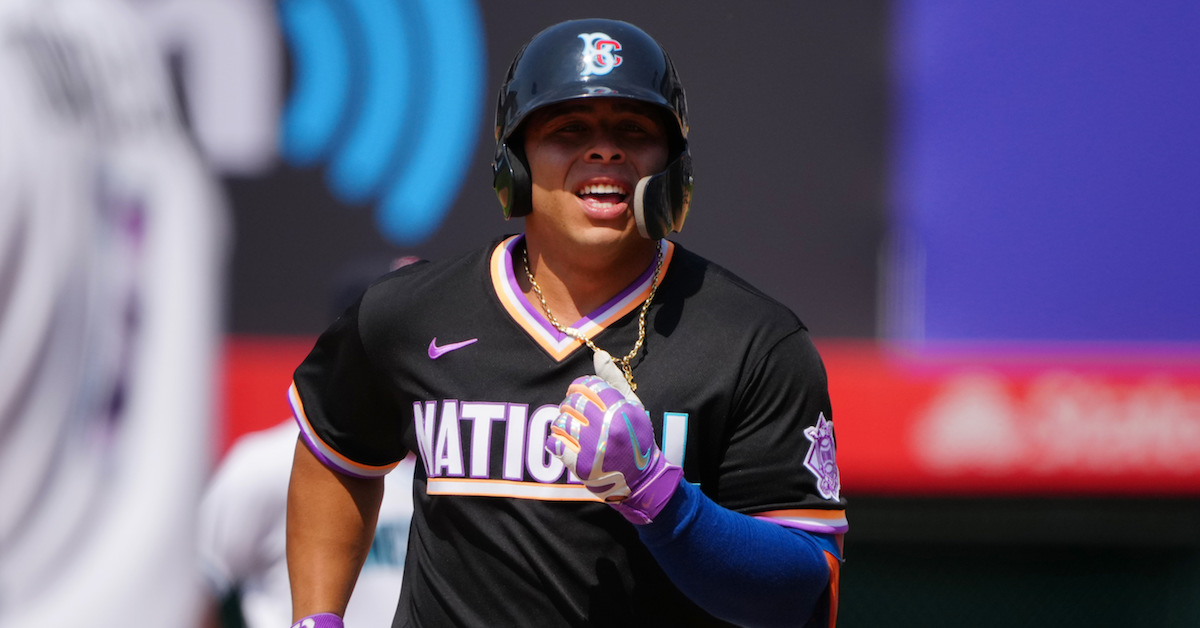A Rare All-Star Brother Act for Willson and William Contreras

For the first time in 30 years, a pair of brothers will be in the same All-Star Game lineup. On Sunday, when the full squads were announced, catchers Willson Contreras of the Cubs and William Contreras of the Braves both made the National League team. They’ll each be in the starting lineup, as Willson won the fan vote as the NL’s starting backstop, and William, who was elected as a reserve catcher by his fellow players, has been named to replace the injured Bryce Harper as the starting designated hitter.
This is the first time since 2003 that a pair of brothers has been named to the Midsummer Classic. That year, the Reds’ Aaron Boone was a reserve for the NL while the Mariners’ Bret Boone was a reserve for the American League. The last time two brothers started the same game was in 1992, when the AL squad featured Toronto’s Roberto Alomar at second base and Cleveland’s Sandy Alomar Jr. at catcher.
By my count, a total of 18 19 sets of brothers (including one set of three brothers) has made the All-Star team at least once, with 10 sets making it in the same season at least once; both of those counts include players who were selected but did not get into the game. Five sets started in the same year at least once:
| Brother 1 | Brother 2 | Years |
|---|---|---|
| Roberto Alomar | Sandy Alomar, Jr. | 1990, ’91, ’92, ’96, ’97, ’98 |
| Felipe Alou | Matty Alou | 1968 |
| Aaron Boone | Bret Boone | 2003 |
| Willson Contreras | William Contreras | 2022 |
| Mort Cooper | Walker Cooper | 1942, ’43, ’46 |
| Joe DiMaggio | Dom DiMaggio | 1941, ’42, ’46, ’49, ’50, ’51 |
| Rick Ferrell | Wes Ferrell | 1933, ’37 |
| Carlos May | Lee May | 1969, ’71 |
| Gaylord Perry | Jim Perry | 1970 |
| Dixie Walker | Harry Walker | 1943, ’47 |










